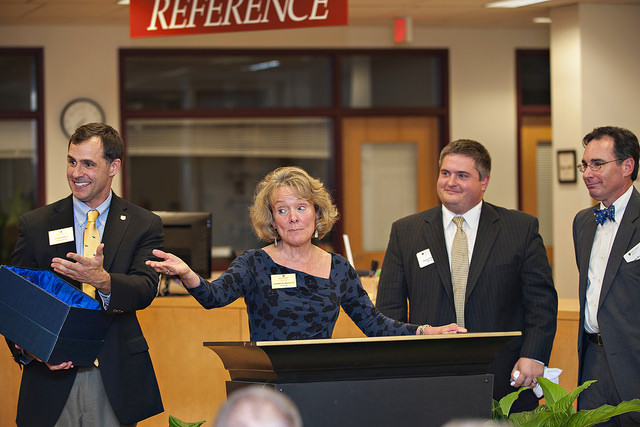Talent acquisition and workforce specialist Jason Hanold has written extensively about labor, human resources and talent acquisition. However, if readers recall, there is a topic that is inherently correlated with all these subjects: leadership. Now, readers might be wondering, what makes a great leader today? People often think of the leader archetype as the one depicted historically as that epic figure that stands and commands and protects their followers. Nonetheless, that is rather a figure that was established in a different time and under different conceptions of what leadership used to mean back then. The concept of leadership has been under an ongoing development just like all these leadership development programs based on successful models for the world people live in, work in and, obviously, for the world that is coming.
Leadership development programs have been integrated to almost every company in the world. Leadership is a crucial asset a company must strive to attain in order to increase its competitiveness. Multiple studies have been conducted in companies in hopes of highlighting how wide was the talent gaps for critical leadership positions. In spite the existence of corporate training programs, assessments, and even coaching, most companies have failed to produce and grow great leaders, and as consequence, they have failed to be competitive enough in today’s market. Now, as employees, it is not rare if readers are now asking themselves whether the company they work for is preparing themselves to be a great 21st-century leader, and, sadly, it would be highly unlikely that this is the case.
The magnificence of growing a strong sense of leadership and leaders within a company is more important than it might be at first sight. Nowadays, and on the verge of the fourth industrial revolution, the investment flows have been growing, however, the lack of leaders and leadership programs development within companies is making them fail to cope with the challenges this revolution brings to the table since there are no one capable of knowing what to do in order to seize these opportunities to thrive and attain growth. As a company, or as an employee, it is highly advisable to wonder what are those distinctive activities that help companies to achieve the previously stated.

Image courtesy of Wake Forest University School of Law at Flickr.com
In this more global, digitally enabled, with the faster speed of information flows, innovative 21st-century world, using and commonly relying on the traditional development practices will stall and undermine all efforts to attain leadership, mostly because, nowadays, nothing gets done without some sort of complex matrix. Traditional assessments and all these types of surveys that might have come in handy in the past are deeply responsible for today’s lack of effective leadership development programs since it has misguided those who have carried them out by providing what is commonly known as ‘false positives`. These outdated tools have made people think that they are more prepared to face the upcoming challenges than they really are: not only when hiring people but when they evaluate themselves too. Leadership, in the 21st-century, is rather found after asking three questions: where are readers and people in general, looking to anticipate the next move or change whether in a company or in ones own life? In order to answer this question, readers can simply look at their calendar and realize whom they spent time with —and how much—: what topics are often discussed? Or simply by wondering where are they going next, or what are they reading, but, mostly, by identifying how all these activities involve a discontinuity that keeps readers from deciding to make the next move right here right now, for if there is something that is inherently related to leadership is the ability to be prepared for what is coming.
The second question would be: what is the diversity measure of their stakeholder network? And what this suggests, is that, although almost everyone is surrounded by people they feel comfortable with, having the capacity of establishing solid relationships with people that are very different from what readers are used to. Bear in mind that these differences can be either biological, physical, functional, political, cultural or social. These differences will end up helping readers to broaden their minds and attaining the capacity to look at things differently.
And, finally, the third question: are readers courageous enough to abandon a practice that has made them successful in the past? If readers keep doing and repeating what has helped them thrive in the past, chances are they will stall and will never abandon the same outdated practices. Great leaders dare to be different: they do not just talk about risks taking – they actually take them and embrace them. The most important asset that stands out when daring to be different is the development of the emotional stamina to withstand all the naysayers that will come out and say that these new ideas are naïve, reckless or plain stupid.
Think differently, build stronger relationships with all types of people and be prepared for the impossibilities of tomorrow by leaving behind what worked in the past.

